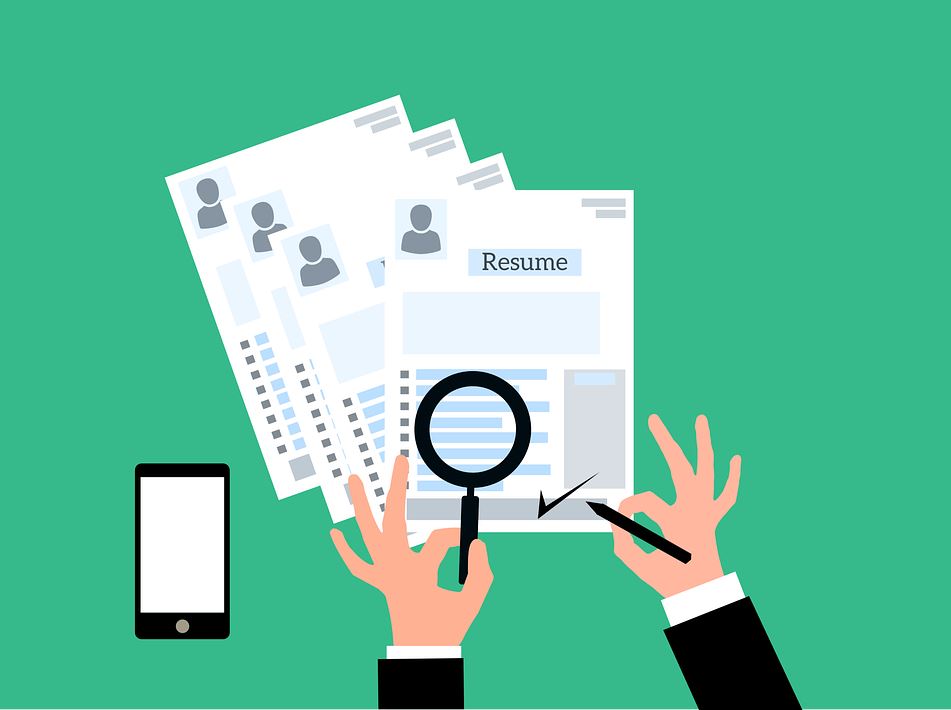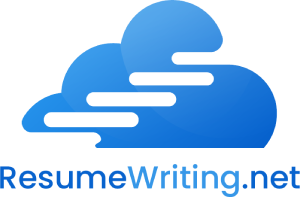An effective resume involves great attention to detail and an appreciation of what employers are looking for. All sections in your resume are important for showing your qualifications and making a great case for your candidacy. Here is an expanded explanation of the crucial parts of a resume, along with some hints and examples of each.

1. Header
The header is the top portion of your resume and includes your contact information to make it easy for hiring managers to get in touch with you. A well-organized header sets a professional tone to your resume.
Components:
- Full Name: Use a larger font size to make your name stand out.
- Phone Number: Ensure your voicemail message is professional.
- Email Address: Use a professional email address (ideally your name).
- Location: Listing your city and state is often sufficient.
- LinkedIn Profile: Include if your profile is up-to-date and relevant.
- Personal Website/Portfolio: Add if you have an online portfolio or website showcasing your work.
Example:
Jane Doe
(123) 456-7890
[email protected]
linkedin.com/in/janedoe
New York, NY
2. Professional Summary or Objective
The summary will be a professional statement about one’s career and goals—that is, the objective of applying for that particular position. This is what draws your key qualifications to the fore, though it needs to be short but compelling.
Professional Summary:
- Length: 2-3 sentences.
- Focus: Highlight your experience, skills, and what you can bring to the role.
- Keywords: Use industry-specific keywords to align with the job description.
Objective:
- Length: 1-2 sentences.
- Focus: State your career goals and how they relate to the position.
- Customization: Tailor to each job application.
Example (Professional Summary):
Results-driven marketing professional with over 8 years of experience in digital marketing, content creation, and social media strategy. Proven track record of driving brand awareness and engagement through innovative campaigns. Looking forward to leveraging expertise to contribute to the growth of XYZ Company.
Example (Objective):
An energetic recent graduate with a Bachelor’s in Computer Science seeking an entry-level position for a software developer to apply his programming skills in a dynamic tech company.
3. Experience
The experience section is really critical, because it details your work history and achievements. This must clearly indicate the growth that has been made in your career, with corresponding impacts realized in former positions.
Structure:
- Job Title: Clearly indicate your position.
- Company Name and Location: Provide the full name and city/state.
- Dates of Employment: Use a consistent format (e.g., Jan 2015 – Dec 2020).
- Responsibilities and Achievements: Use bullet points to outline your duties and accomplishments. Begin with action verbs and quantify achievements when possible.
Tips:
- Action Verbs: Start each bullet point with a strong action verb (e.g., “Managed,” “Developed,” “Led”).
- Quantify Achievements: Use numbers to highlight your impact (e.g., “Increased sales by 20%”).
- Relevance: Focus on responsibilities and achievements that are most relevant to the job you are applying for.
Example:
Senior Marketing Manager
ABC Corporation, New York, NY
June 2016 – Present
- Led a team of 10 marketing professionals to develop and execute integrated marketing campaigns.
- Increased social media engagement by 35% through targeted content strategies.
- Managed a $500,000 annual budget, optimizing spend to achieve a 20% reduction in costs without compromising campaign effectiveness.
- Conducted market research and analysis to identify new business opportunities, resulting in a 15% growth in client base.
4. Education
The education section outlines your academic background. This section is particularly important for recent graduates or positions requiring specific educational credentials.
Components:
- Degree(s) Earned: Specify the degree and major.
- Institution Name and Location: Provide the full name and city/state.
- Graduation Date: Include the month and year.
- Relevant Coursework, Honors, or Activities: Mention if they are relevant to the job.
Example:
Bachelor of Science in Marketing
University of California, Los Angeles (UCLA), Los Angeles, CA
Graduated May 2016
- Dean’s List, 2015-2016
- Relevant Coursework: Digital Marketing, Consumer Behavior, Market Research
5. Skills
The skills section is where you list your relevant abilities, tailored to the job you’re applying for. This section helps employers quickly see your qualifications.
Types of Skills:
- Hard Skills: Technical abilities or specialized knowledge (e.g., software proficiency, data analysis, programming languages).
- Soft Skills: Interpersonal and organizational abilities (e.g., communication, teamwork, leadership).
Tips:
- Prioritize Relevance: List skills that are directly related to the job.
- Be Specific: Avoid generic terms; instead, use specific skills and tools relevant to your industry.
Example:
Skills
- Digital Marketing: SEO, SEM, Google Analytics
- Content Creation: Copywriting, Blogging, Video Production
- Software Proficiency: Adobe Creative Suite, Microsoft Office, HubSpot
- Languages: Fluent in Spanish and French
- Soft Skills: Leadership, Strategic Planning, Time Management
6. Certifications and Professional Development
This section showcases your commitment to continuous learning and professional growth. Certifications can often set you apart from other candidates.
Components:
- Certification Title: Clearly state the certification.
- Issuing Organization: Name the organization that issued the certification.
- Date Earned: Include the month and year.
Example:
Certifications
- Google Analytics Certified, Google, April 2020
- Project Management Professional (PMP), Project Management Institute, November 2019
- Certified Digital Marketing Professional (CDMP), Digital Marketing Institute, March 2018
7. Projects
Including a projects section can be beneficial, especially if you’ve worked on significant projects that highlight your skills and achievements. This is particularly useful for those in technical, creative, or project-based roles.
Components:
- Project Title: Give the project a clear and descriptive title.
- Role: Describe your role in the project.
- Description: Provide a brief overview of the project, highlighting your contributions and any measurable outcomes.
Example:
Projects
- Website Redesign for XYZ Company: Led a cross-functional team to redesign the company website, improving user experience and increasing traffic by 40%.
- E-commerce Platform Development: Developed a custom e-commerce platform for a local retailer, resulting in a 25% increase in sales within the first six months.
8. Volunteer Experience
Including a volunteer experience section can demonstrate your commitment to the community and transferable skills relevant to the job. This section can be particularly valuable for those with limited professional experience.
Components:
- Role: Describe your volunteer role.
- Organization: Name the organization where you volunteered.
- Dates of Service: Include the start and end dates.
- Responsibilities and Achievements: Use bullet points to detail your contributions and accomplishments.
Example:
Volunteer Experience
Marketing Coordinator, Nonprofit Organization, New York, NY
Jan 2019 – Present
- Developed and executed marketing strategies for fundraising events, resulting in a 30% increase in donations.
- Managed social media accounts and grew follower base by 50%.
- Organized community outreach programs, enhancing the organization’s visibility and engagement.
9. Professional Affiliations
Listing professional affiliations demonstrates your engagement in your industry and your commitment to professional development.
Components:
- Organization Name: Name the professional organization.
- Membership Role: If applicable, mention any roles or committees you are part of.
- Dates of Membership: Include the start and end dates.
Example:
Professional Affiliations
- Member, American Marketing Association (AMA), 2017 – Present
- Member, Society for Human Resource Management (SHRM), 2018 – Present
- Member, Project Management Institute (PMI), 2019 – Present
10. Additional Information
The additional information section allows you to include any other relevant details that do not fit into the other sections but are pertinent to the job. This might include language proficiency, awards, publications, interests, or hobbies.
Components:
- Languages: List languages you are proficient in, along with proficiency levels.
- Awards: Mention any awards or recognitions you’ve received.
- Publications: Include any relevant publications or articles.
- Interests: Optional, but can be included if they are relevant to the job or company culture.
Example:
Additional Information
- Languages: Bilingual in English and Mandarin
- Awards: Recipient of the 2021 XYZ Company Innovation Award
- Publications: Author of “Digital Marketing Strategies for the Modern Age” in Marketing Today Journal
- Interests: Avid marathon runner, volunteer at local animal shelter
Final Tips for Crafting a Strong Resume
- Tailor Your Resume: Tailor your resume for every job application by bringing out mainly the most relevant skills and experiences.
- Use Keywords: Ensure incorporation of keywords from the description of the job so that your resume will pass through Applicant Tracking Systems.
- Keep It Concise: Stick to a one-page resume if you have fewer than 10 years of experience; two pages are acceptable for more extensive careers.
- Proofread: Make sure there are no spelling or grammatical

